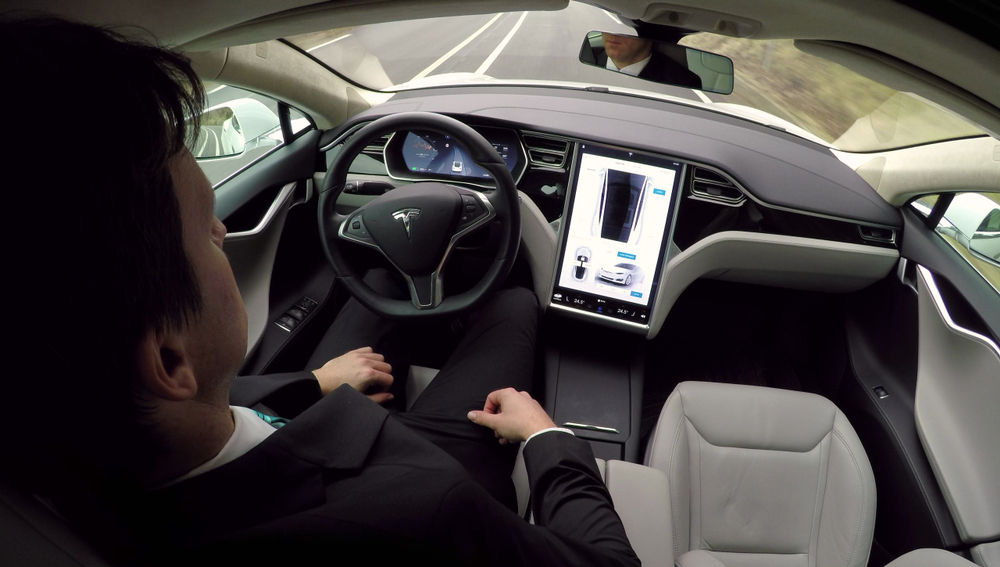Last month, Tesla CEO and part-time rocket enthusiast Elon Musk said that his factory was in “production hell” thanks to issues producing thousands of Model 3 cars every week. But while his factory has been in production hell, the semi-autonomous Autopilot feature installed on Tesla’s Model S and Model X cars has been in PR hell. A handful of fatal accidents involving Autopilot were backed up by scary videos of vehicles following white lines straight into concrete lane dividers, and Tesla didn’t help things out by publicly feuding with one of the safety organizations investigating the incident.
Earlier today, the Wall Street Journal put out a story saying that Tesla engineers proposed adding a driver attention feature to Autopilot that would ensure drivers were paying attention to the road when Autosteer was enabled. Tesla has blamed a lack of attention in every fatal Autopilot accident, and Musk has repeatedly pointed out that Autopilot is meant to be a driver assist feature, not a fully autonomous driving solution. But according to the WSJ story, Tesla execs including Musk rejected the idea of adding driver awareness sensors, thanks to increased cost and a perceived lack of benefit.
“Tesla Inc.’s engineers repeatedly discussed adding sensors that would ensure drivers look at the road or keep their hands on the wheel both before and after the driver-assistance system was introduced in 2015,” the WSJ‘s sources reported. “Tesla executives including Chief Executive Elon Musk rejected the ideas because of costs and concerns that the technology was ineffective or would annoy drivers with overly sensitive sensors that would beep too often, the people said.”
A Tesla spokesperson didn’t deny the story to the WSJ, instead saying that “Everyone at Tesla is not only encouraged, but expected, to provide criticism and feedback to ensure that we’re creating the best, safest cars on the road,” adding that “we make decisions based on what will improve safety and provide the best customer experience, not for any other reason.”
Continuing with his recent trend of bluntly addressing issues on Twitter, Musk went much further than his spokespeople:
This is false. Eyetracking rejected for being ineffective, not for cost. WSJ fails to mention that Tesla is safest car on road, which would make article ridiculous. Approx 4X better than avg.
— Elon Musk (@elonmusk) May 14, 2018
Something worth noting here is that Tesla does have a driver attention system in Autopilot, a feature that was added after the first fatal Autopilot crash in May 2016. In an update rolled out September 2016, Tesla added hands-on-wheel detection using the steering wheel sensors, and added a feature that beeps warnings at the driver if they take their hands off the wheel for too long. Owners weren’t delighted with the update, and the internet is full of “hacks” to trick the sensors, including a custom-made $179 device that clamps on the wheel and removes the “nag” warnings.
A better and more robust driver attention system would be a camera looking at the driver, a feature Cadillac uses in its Super Cruise system. The camera monitors the driver to check that their eyes are on the road, and will disable Super Cruise if you take your eyes off the road for too long. Presumably, that was the kind of sensor that Tesla engineers wanted to add to Autopilot, but Musk rejected.










